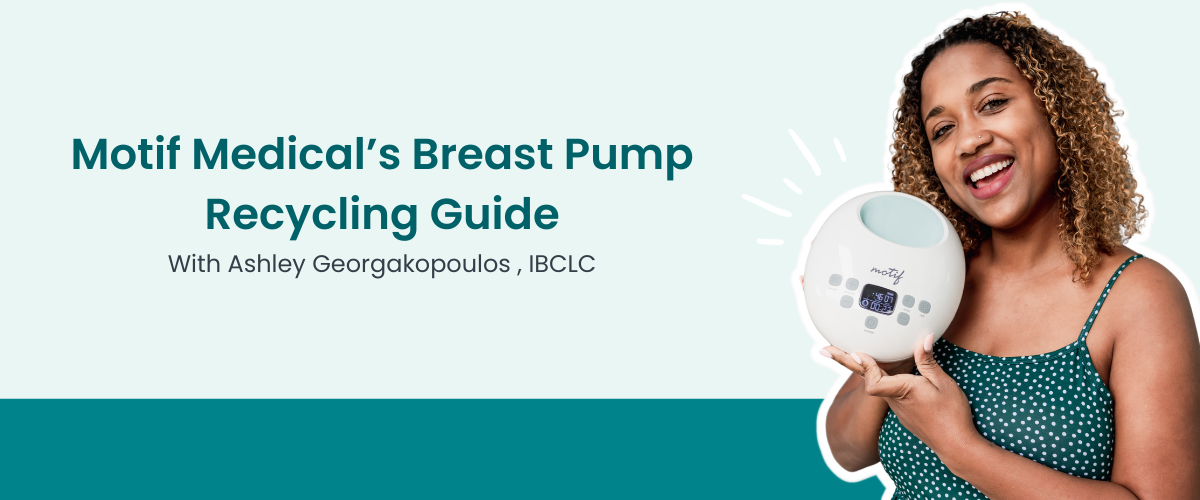How To Know If Breastfeeding Is Going Well
Breastfeeding, in concept, can be made to feel intuitive, as in a mother just knows what to do and how things are going. In reality, it can be quite daunting, overwhelming, and unsure at times. It's nice to have affirmations and ways to be able to personally and quickly tell if things are going well, along with knowledge of things to ask for help about. This is how we gain confidence and put the power back to the mother.
Here are some ways to gauge how things are going!
Breastfeeding - Days 1-3
Meconium is actively passing through the digestive system. This black, tar-like substance is the “first poop.” The stools should start to change with the transition in type of milk produced, along with the volume and amount to correlate with milk change, as well. This change looks like black to green or greenish brown. One or more wet diapers are sufficient the first couple of days, and should gradually increase in number by day. For example, by day 4, have 4 or more wet diapers.
Latching should be comfortable, or at least tolerable while learning optimal positioning techniques. Sharp pains and/or misshapen nipples post-feeds are indicators that help is needed, along with blanching, blisters, and cracking. This can indicate that milk flow is cut off, and can be due to positioning or anatomical problems with the mouth, such as tongue and lip ties.
So what should this look like? Frequent, comfortable feeds, along with lots of rest and skin-on-skin snuggles.
Breastfeeding - Days 4+
It takes 3-5 days on average for milk to transition to what is typically thought of when talking about milk, white and liquid. Colostrum and transitional milk are yellow and richer, quite sticky, and therefore plentiful in smaller amounts from the concentration. The change in volume coincides with the infant’s stomach ability to stretch to accommodate volume larger than the initial 5-20 mm, which also takes 3-5 days! Fascinating how the bodies work harmoniously.
As for diapers, day 5 should have 5+ wet diapers a day, and by day 6 and on, 6+. Stools should be golden yellow, or mustard, with flecks or seed-shaped particles. Lack of transitioning in color or amounts can indicate poor milk transfer, so its a great tool to use as a gauge.

Fuller breasts will be an indicator that the “mature milk” has made its transition. If latching well, they should feel softer after the feed. Engorgement or extreme firmness can happen, but should not last more than a couple of days. Staying on top of it by applying warm compresses, addressing latching complications or positions, along with other methods encouraged by an IBCLC, will be helpful to decrease the duration.
Watch Your Baby
Here are things to look for from your baby:
- Audible swallowing
- No clicking or popping sounds with their tongue
- Staying on throughout the duration of the feed
- Release of clenched fists
- Fully relaxed after a feeding
- Feedings take on average 20 minutes, or 10 minutes for cluster feedings
Frequent letting go can be an indicator of fatigue or inability to latch on properly, be it due to positions or anatomical. Fatigue is usually a side-effect of jaundice, which in itself can be due to ineffective feeding. They will need help getting the calories so as not to tire themselves out further. Colostrum and transitional milks will also act as a laxative, so once they can effectively get help with that, they can pass the bilirubin attributing to jaundice through their stools faster!W25pbmphX3RhYmxlcyBpZD0iMTEyODciXQ==In conclusion, these tips and signs can not only help navigate where and how to get help as needed, but also reassure when things are going right! Remember: you are doing your best and it is encouraged to ask for help!








